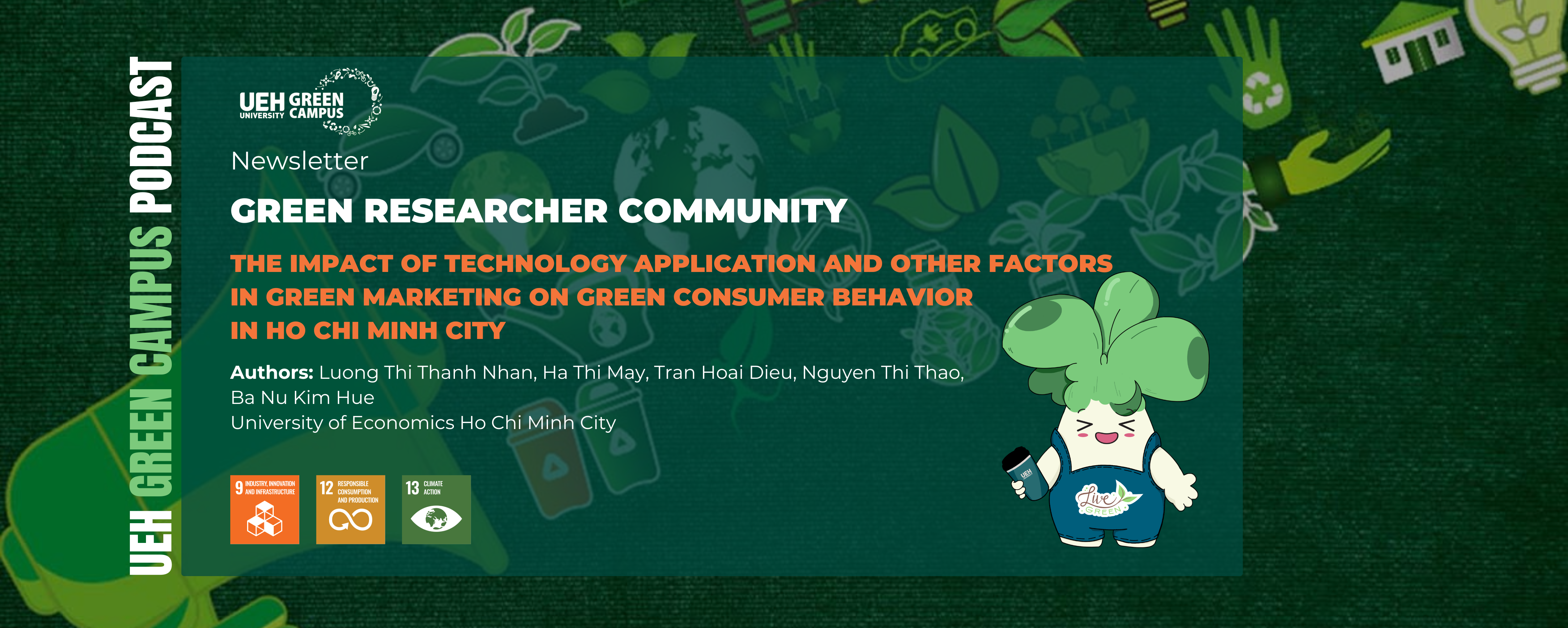Keywords: Product transparency; Eco-labeling; Product transparency, eco-labeling, green advertising, and the popularity of green products; Green advertising; Popularity of green products
In the post-pandemic context, consumers are increasingly concerned about health, quality, and the environment. However, the market is still flooded with low-quality goods "disguised as green," causing consumer confusion. In the trend of green consumption, technologies like iCheck have emerged due to their ability to provide transparent product information. But does this transparency really influence green consumer behavior? And have current marketing strategies met expectations? Grappling with that question, a research team from the University of Economics Ho Chi Minh City (UEH) conducted a study on "The Impact of Product Transparency Through the Icheck Application and Other Green Marketing Factors on Green Consumer Behavior in Ho Chi Minh City."

To find the answer to the question, "Does transparency – such as consumers knowing whether a product is truly 'green' – affect purchasing decisions?" To investigate this, the research team conducted a survey with over 300 consumers and held in-depth interviews. The survey content focuses on the level of trust, perception, and behavior when approaching environmentally friendly products, especially in cases where information can be verified through the iCheck application. Based on the collected data, the research team analyzed the factors influencing green consumer behavior by applying the 4C marketing mix model, which includes: Green Cost, Green Convenience, Green Communication, and Green Customer Solution.
Factors influencing green consumer behavior
*Between the environment and their wallets – what do consumers choose?
In the decision-making process for purchases, price remains a factor that consumers consider, even when they are interested in green products for health and environmental reasons. The survey results show that the majority of respondents are willing to pay extra for environmentally friendly products, but only if the price difference is not too large – typically less than 20,000 VND or about 20–30% compared to conventional products. In particular, students and middle-income earners often find it difficult to "balance" their ideals with their financial capabilities. However, the study also shows that individuals with high environmental awareness are willing to pay more, as they value long-term benefits more than short-term costs. This shows that price is not only an economic barrier but also reflects the level of awareness and belief in the sustainable value of the product.
*Green products are good – but... where do you find them?
Another major barrier to green consumer behavior is the convenience of product accessibility. Many people say they find it difficult to buy environmentally friendly products, as these items are only available in a few large supermarkets or specialty stores. Meanwhile, in traditional markets or small shops, green products are still quite rare. In fact, some consumers shared that they gave up on choosing green products not because of the price, but because they "didn't know where to buy them." This reality is also consistent with the findings of Dangelico et al. (2021), who stated that widespread availability and presence are necessary conditions for consumers to act sustainably. Therefore, to promote green consumption, it is first necessary to ensure that green products are not only good but also easily accessible in daily life.
*Saying you're green isn't enough – let consumers see you living green
Green media today cannot stop at mere slogans or inspiring images. Modern consumers are more concerned with authenticity – that is, the extent to which a brand truly acts "green," rather than just communicating as such. According to the research results, campaigns that resonate with consumers are those that involve concrete actions: exchanging recyclable waste for gifts, encouraging the use of cloth bags, or directly interacting with the community. Conversely, media content that is perceived as ostentatious or performative often fails to build trust. Additionally, eco-labels, environmental certifications, or traceability QR codes also play a crucial role in helping consumers identify reliable green products. As Ali (2021) and Dekhili (2021) have pointed out, the effectiveness of green communication lies in connecting brand behavior with community expectations – and this needs to be demonstrated through consistent action.
*Quality and transparency – what makes consumers feel confident enough to return
It cannot be denied that the final element – the product itself – is the core determinant of green consumer behavior. A product is considered "green" not only because it has an eco-label, but also because it provides a good enough user experience that consumers are willing to return for future purchases. Research indicates that the quality, safety, and effectiveness of green products are key factors influencing consumer trust and sustainable consumption behavior. Some consumers still have doubts that "green" products might not be as effective as regular ones (e.g., dish soap that lathers less, paper straws that get soggy quickly...). Experiences that don't meet expectations can reduce the motivation to continue green consumption, especially when consumers feel they are "sacrificing" personal convenience for environmental benefits.
Besides product quality, transparency is increasingly becoming an important criterion in consumer choices. Modern consumers don't just want to know about packaging or slogans; they want to know the origin of the products they use, their ingredients, and whether they have reliable certifications. In this study, the iCheck technology application was included as a typical example – not only supporting product information retrieval but also contributing to building trust through transparency. According to Lin et al. (2017), information transparency not only helps consumers feel more secure but also increases brand loyalty. The combination of quality and transparency – especially when supported by digital tools – is gradually becoming the foundation for a clearer and more sustainable green consumption trend in modern urban society.
From behavior to action: What can be done to make green consumption more popular and sustainable?
Based on the findings of the study, several practical implications can be drawn for various stakeholders – from manufacturers, retailers, and consumers to media professionals. Promoting green consumer behavior is not only the responsibility of businesses, but also a coordinated process involving trust, convenience, real-world experience, and transparent information.
First and foremost, green products need to demonstrate their true value through stable quality and information transparency. When consumers feel confident about the safety, effectiveness, or origin of a product, they are willing to try it and tend to return. The application of technological tools such as the iCheck app can help make information public objectively and conveniently, thereby contributing to building consumer trust from the very first interaction.
Besides that, accessibility is also an important factor that needs to be improved. Green products are still quite limited in distribution, primarily concentrated in supermarkets or specialized sales channels. Expanding distribution to small stores, traditional markets, e-commerce platforms, or convenient consumption models will make green consumer behavior easier to implement in daily life.
The media also needs to change its approach. Instead of focusing on one-way communication, campaigns should create genuine interaction linked to specific actions to help consumers feel they are contributing to change. Activities like exchanging trash for gifts, offering promotions for users of cloth bags, or verifying eco-labels on packaging can help improve communication effectiveness without incurring excessive costs.
Additionally, the price point of green products remains a factor to consider. The survey results show that consumers are not completely opposed to spending more on green products, as long as the price is reasonable and comes with clear perceived value. Therefore, an appropriate pricing strategy is needed, focusing on communicating the long-term value that green products offer – not only environmentally, but also in terms of health benefits, personal convenience, or community value.
Finally, technology can play a significant supporting role in promoting green consumer behavior. In addition to providing information, technology platforms can create a two-way feedback channel between consumers and manufacturers, contributing to product improvement and personalized consumer experiences. This is also a potential direction for building a green consumer ecosystem with the participation of both the community and the market.
The research paper has indirectly contributed to SDGs 9, 12, and 13. See the full research paper "The Impact of Technology Application and Other Factors in Green Marketing on Green Consumer Behavior in Ho Chi Minh City" HERE.
Authors: Luong Thi Thanh Nhan, Ha Thi May, Tran Hoai Dieu, Nguyen Thi Thao, Ba Nu Hue - University of Economics Ho Chi Minh City.
This article is part of the Green Research Community series with the message "Research Contribution for UEH Living Lab Green Campus" UEH sincerely invites the community to follow the next Green Research Community newsletter.
*To create maximum conditions for the development of the "UEH Green Researcher Community," members of the community will be able to attend scientific research methods classes related to the topics of Living Lab and Green Campus. Additionally, upon meeting the standards, the research team will receive a certificate from the UEH Sustainable University Project Board and financial support for a standard-compliant project.
Additional information:
SDG 9 – Industry, Innovation, and Infrastructure focuses on developing sustainable industries, promoting technological innovation, and building resilient infrastructure. This goal emphasizes the role of science and technology in enhancing productivity, optimizing supply chains, and improving the quality of products and services. In addition, SDG 9 encourages innovative solutions to help businesses adapt to new market trends, improve access to technology, and promote transparency in production and distribution, especially in developing urban areas.
SDG 12 – Responsible Consumption and Production focuses on ensuring sustainable production and consumption patterns, thereby reducing pressure on natural resources and minimizing waste and environmental pollution. This goal emphasizes the importance of effective waste management, optimal resource utilization, and promoting changes in individual and community consumption behavior, particularly through education and awareness.
SDG 13 – Climate Action calls for urgent action to combat climate change and its negative impacts, through reducing greenhouse gas emissions, enhancing adaptability, and raising public awareness. This goal not only includes national-level policies but also requires changes in individual and community behavior in daily life, especially in areas directly related to waste generation and management.
News, photos: UEH Green Campus, UEH Youth Union - Student Association, UEH Communications and Partnership Development Department
Voiceover: Thanh Kieu







